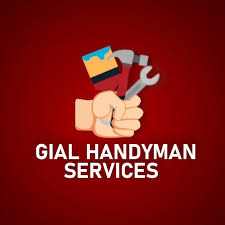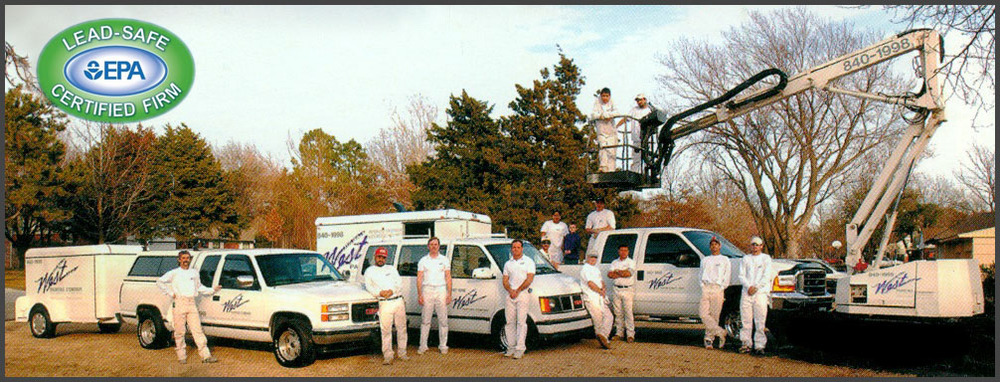
The job description for a lineman can vary from one state or another, but the basic idea is to build electric transmission and distribution cables. This job includes installing and maintaining these lines and performing emergency repairs. State-specific requirements for education and salary ranges are different. Below is information about this occupation and what education requirements are required to become a lineman. This career requires high school diplomas and training in technical areas.
Perspectives on the job
If you're interested in a career in the electrical industry, lineman might be a good fit. Linemen are responsible for the installation of telephone and fiber optic cables. Some jobs also require lower voltage electricity. Linemen work in hazardous environments and must be able to stand for long periods of time. They should also have excellent interpersonal and problem-solving skills. Linemen with more experience have an advantage over those who don't.

While the salary for a lineman is very attractive, it does require a great deal of skill. An apprenticeship program is necessary to become a licensed lineman. While you spend your days working alongside an experienced lineman, you'll also spend time in classrooms learning safety procedures and proper tool use. You will need the certifications to be able to perform hands-on training.
Education required
Many reasons exist to be a lineman. You will help to construct and maintain electric transmission and distribution line. You will also be responsible for the maintenance and installation of electric lines. Dependent on what you're doing, you might also need to do emergency repairs. This career is open to advancement, as you can gain experience. These are just a few of the many benefits that you can enjoy when you become a Lineworker.
Although lineman's don’t need a college degree to be employed, most employers require a highschool diploma or an equivalent. They also need to have a passing mark in algebra. A paid four-year apprenticeship for apprentice linemen can also be done. It includes both on-the-job and classroom training. A associate's degree can be obtained in line safety or electrical construction. Linemen can apply for a career as a travelman after they have completed their training.
Salary range
According to TurboTax data 289 users, the salary range of a Lineman is $82,750 to $92,364. These figures do not include tips and bonuses, taxable wages, or tips. The exact amount of pay a Lineman earns can vary depending on his experience and the location. In addition, salary ranges vary based on location and employer. Here is an example of the compensation package for a lineman.

Linemen in the National Football League (NFL), are responsible for protecting the quarterback. The linemen's salary varies depending on their experience and level of responsibility. Linemen play a vital role in protecting the quarterback and also help with blocking. An average line configuration has a center, two guards and two tackles. The salary range of linemen is dependent on their experience and what team they play for.
FAQ
Who provides a Service Agreement?
The service agreement between your customer and you defines the way you will provide them services. It outlines the customer's responsibilities, what you have to do for them, and when they have to pay you.
You will be informed in the service agreement if any additional fees apply for services that are not included.
All terms and condition of the service agreement should be stated. This includes delivery dates, payment methods, warranties and other terms.
Use this template to ensure that you have covered all the details of your agreement.
What is the purpose of the service agreement?
The purpose of a Service Agreement (or Service Agreement) is to describe the terms upon which a customer accepts to buy goods from you. The Service Agreement also outlines how you will pay them for those services.
The most common type of such document is the Sales Order Form. This section lists the products being purchased by the customer as well as their price. You can also list any other items such as delivery charges, VAT or insurance. Finally, you will specify when the order should delivery and be paid for.
It is possible to use a different document depending on the nature of the transaction.
You might use an invoice if, for example, you are selling a product but providing a service.
You will probably need a Purchase Order Form to purchase items from another party.
Include all information when creating a sales order form.
Remember: The buyer will understand your sales order form if it is more detailed.
What is a standard contract form?
A template is used to create contracts. These templates usually contain all the essential elements of a contract, including the date, time, place, and parties involved.
You can customize standard contract templates to suit your clients. Some companies provide their standard contract templates.
These forms may not be right for everyone. They can often be a time-saver and a great way to save money.
One of these contract forms might be a good option.
Who pays for the service?
The SCA identifies who is responsible for paying the service. In the event that the service provider is not paid fully, they may be eligible to seek compensation from the courts.
Is there a limit on the amount I can spend on this project?
No. Your SCA sets an upper limit on the total cost of the project. You may be able negotiate a lower price from the contractor.
Statistics
- Reasonable late fees go up to 25% per year on unpaid sums. (lawdepot.com)
- (ii) Name, address, and telephone number of each proposed first-tier subcontractor with a proposed subcontract estimated at $10 million or more. (acquisition.gov)
- While we offer all our high-quality services at competitive prices, we know that many who need our services are on fixed incomes, so we offer a 10 percent discount for seniors and military members. (homeservicecontractorsinc.com)
- (d) Contractor disputes related to compliance with its obligation shall be handled according to the rules, regulations, and relevant orders of the Secretary of Labor (see 41 CFR60-1.1). (acquisition.gov)
- (1) Ascertain the extent to that offers are based on the payment of overtime and shift premiums; and (2) Negotiate contract prices or estimated costs without these premiums or obtain the requirement from other sources. (acquisition.gov)
External Links
How To
What should a service arrangement include?
An SA is a key component of any business relationship. It describes what you expect of each other and how to achieve it. It also outlines when and where the other party must fulfill its contractual obligations.
A successful SA must include these key elements:
-
Both parties must agree on the scope and required services.
-
Details about the payment terms.
-
The project price must be agreed.
-
Any additional charges, like VAT, etc.
-
If there are any other issues that need to be addressed.
-
Who will be responsible if something goes wrong with the job?
-
How disputes are resolved
-
What happens if one party breaches the contract.
-
What happens when there is a disagreement?
-
When does the contract take effect?
-
What happens if one of the parties fails to perform.
-
How long do you have to pay invoices?
-
Who pays for travel expenses?
-
Where the money comes.
-
What happens if a client changes his mind?
-
What happens if the supplier doesn't turn up.
-
Who has the right to enter the site during construction?
-
What happens if the customer cancels?
-
What happens if a product is not as described?
-
What happens if a manufacturer refuses to provide parts?
-
What happens when the equipment stops working?
-
What happens if the project takes more time than anticipated?
-
What happens if the work isn't completed within the agreed timescale?
-
What happens if the quality of the finished project falls below expectations?
-
What happens to the cost overruns?
-
What happens if you don't receive your materials on time?
-
What happens when the material arrives damaged.
-
What happens if the products aren't up to standard?
-
What happens if the job gets cancelled before it is completed?
-
What happens when the company goes under?